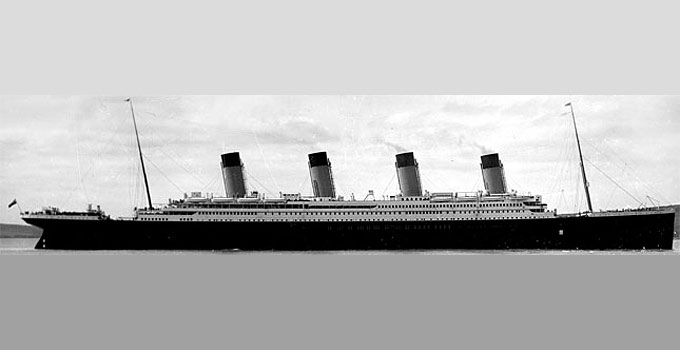Analogy Of The 20 Titanic Lifeboats
The Titanic had just 20 lifeboats aboard when it sank April 15, 1912. There were 2,223 people onboard that day. One might surmise that many, most, or all of them had little or no fear that lifeboats would become necessary for their survival on this journey.
From a preparedness standpoint, we can draw several practical parallels or analogies from the disaster of the Titanic – and your adherence to the lessons learned will put you in a better place of readiness and safety…
The Titanic was originally fitted with enough lifeboats for more than everyone on board. However the company ordered the removal of two-thirds of them claiming that the 64 lifeboats made the ship look bad.
Not Enough Lifeboats On The Titanic
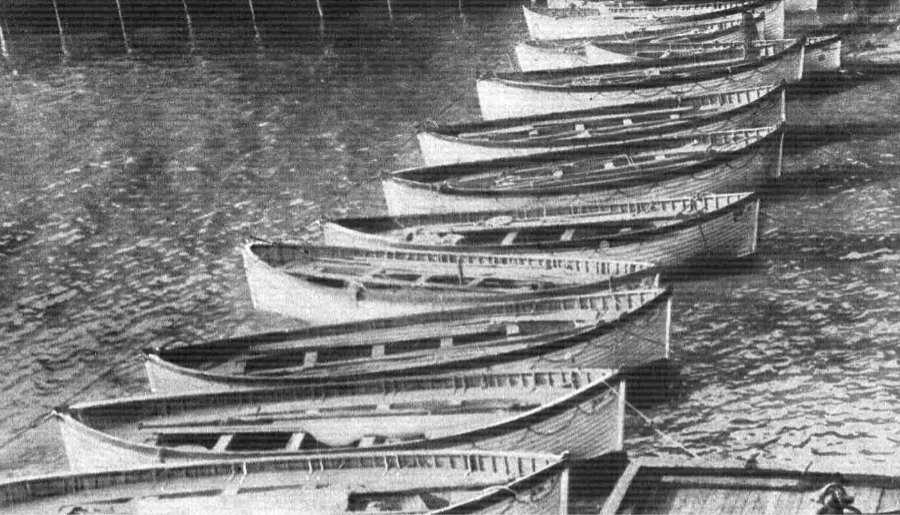
For this reason, of the 2,223 people on board, 1,517 lost their lives while only 706 survived.
Nearly as alarming was the percentage of lives that survived based on their cabin class.
61% of 1st-class passengers survived.
42% of 2nd-class passengers survived.
25% of 3rd-class passengers survived.
24% of the crew survived.
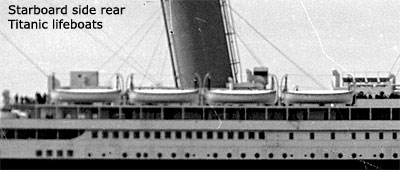
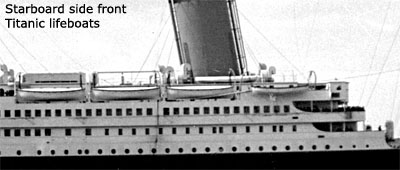
What can we learn from the Titanic tragedy?
Never fully trust that others have secured your safety.
There were two clear but false assumptions made by the passengers on the Titanic.
1. The Titanic will not or cannot sink.
2. Missing or ignoring the fact that there were only 20 lifeboats.
It was such a magnificently huge ship and such a marvel of industry that it looked and seemed entirely invincible. The ship was so big that when you were on it, your perspective changed such that it barely seemed like a ‘typical’ ship of its day.
The hype leading up to its voyage bolstered even more of the indestructible façade (appearance) and perception. Many of the ships passengers were no doubt gleeful and filled with some self-importance while playing their roles within the ‘high society’ of the 1st-class crowd – as surely feelings of exuberance also spilled into the 2nd and 3rd class cabins as well while the ship furthered its journey…
The Titanic sailed on – even through iceberg infested waters. After all, the Titanic was indestructible.
However we all know what happened that night.
The Iceberg That Sunk Titanic
The iceberg suspected of having sunk the Titanic, as photographed by the steward of a passing ship the morning after the Titanic sinking. The other ship had not yet received word about the Titanic sinking but the steward reportedly saw red paint smeared along the base of the iceberg, indicating that a ship had struck it within the last several hours. April 15, 1912. (Wikimedia Commons)
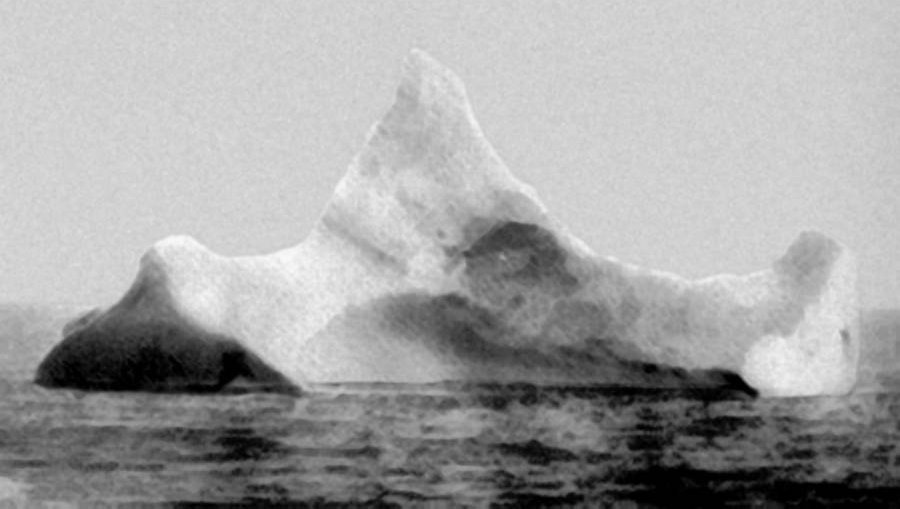
Titanic Parallels and Analogies
The Titanic and the Economy
One analogy is the comparison between the Titanic (and its passengers) to the current economy (and the public at large).
The US economy (and much of the global economy) has been pumped up into a seemingly indestructible and never-failing success bubbles – while the majority of the public truly believe (assume) that everything’s fantastic and always will be (normalcy bias). This ship cannot sink. At least that’s what they think…
What they do not know is that this ship is navigating through waters filled with icebergs, and all it’s going to take is one long gash in the hull and it’s over. The ship will sink. In the mean time, the band plays on…
The Titanic Lifeboats
The company’ ordered that most of them be removed. Not only did they want the appearance of the Titanic to look better, but they did not want to present an image that the ship may actually need that many lifeboats. They were managing the Titanic’s image.
Today’s ‘masters’ of the world /economy (the Bankster Cabal) have been doing everything they can to present a positive image while keeping it pumped up and hiding the things which may ‘alarm’ the masses. The vast majority of the passengers on this economic ship have no lifeboat (or a seat on a lifeboat), and when the ship goes down, well, they will go down with it.
Incredibly, some of the lifeboats which were eventually lowered from the sinking Titanic were far from filled to capacity. While none of us were there, and we don’t exactly know what was going through their minds, it’s probably safe to say that some of other human traits were exposed (e.g. ‘dog eat dog’) while panic and desperation set in for one’s very survival.
If we hit an iceberg today and suffered a full-scale economic collapse, there’s little doubt that a portion of the desperate populace will revert to a similar ‘dog eat dog’ (dangerous) mentality.
When realization set in on the Titanic that it was sinking, reportedly the band (entertainment) was ordered to play on in an attempt to continue an illusion towards the passengers that everything’s still okay. Today’s analogy is the mainstream which continues to push the message propaganda that everything’s fantastic regarding the good ship ‘Economy’.
The Titanic Survivors – Who Survived?
Lets look at who survived the Titanic. The clear majority of survivors were the 1st-class passengers, while the lower classes suffered progressively worse. Is it not generally the same in real life? Interesting parallels, yes? Those ‘in power’, in higher positions, will take advantage of their position and resources to secure their own survival first. When it comes to survival, and it’s every person for themself, don’t expect the powers-that-be to save your a$$. Think about that.
CONCLUSION
Let the Titanic be a lesson to you. Maintain a skepticism of anything that might be considered to be ‘unsinkable’.
Be skeptical. Look out for your own safety from a sinking ship perspective. Recognize the systemic risks, especially the big one’s. Analyze the risks. Think things through. Try to mitigate them to the extent possible. Position yourself for better odds of survival in case the ship sinks. Remember, the Titanic was unsinkable…

